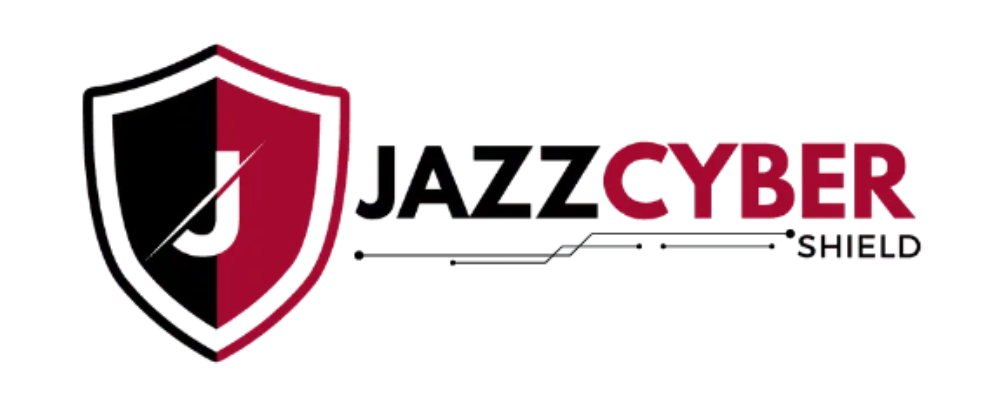If you’re looking into firewalls your business, you’ve probably come across two big names: Fortinet vs Palo Alto Networks. Both trusted leaders in cybersecurity, but one question coming up for IT teams & business owners alike: Which one gives better value when it comes pricing & licensing?
The answer isn’t the same for everyone. Fortinet and Palo Alto have very different approaches, and what works for a large enterprise may not be the best option for a mid-sized company. In this guide, I’ll walk you through their pricing models, how their licenses work, and where each one makes the most sense.
Fortinet Pricing and Licensing – The Practical Choice
Fortinet built its reputation being affordable, flexible, & easy to manage. Its main firewall line, FortiGate, well-known for giving businesses strong protection without overwhelming costs.

Why many companies lean toward Fortinet:
- Lower upfront spend – The hardware itself is usually cheaper than Palo Alto’s.
- Bundled subscriptions – Instead of juggling multiple add-ons, Fortinet simplifies things with packages like UTP (Unified Threat Protection) or Enterprise Protection. These cover most features businesses actually use.
- Scalable – Works just as well for a small office as it does for a large network.
👉 If you’re trying to keep things predictable and avoid hidden costs, Fortinet’s bundled approach makes life easier.
Palo Alto Pricing and Licensing – Premium but Feature-Rich
Palo Alto Networks has a different strategy. It positions itself as a premium firewall vendor, and its pricing reflects that.

What you should expect with Palo Alto:
- Higher initial investment – Devices themselves cost more compared to Fortinet.
- Add-on model – Instead of bundles, Palo Alto licenses advanced tools separately. Features like WildFire (sandboxing), GlobalProtect (VPN), and URL filtering all come at an additional cost.
- Tailored for large enterprises – This setup is appealing to bigger organizations that want full control over which services they pay for.
👉 The catch: if you need several of these add-ons, the total price can climb quickly.
Comparing Pricing Flexibility
Here’s the real breakdown:
- Fortinet → Easier to budget for, with most features included in bundles. Great for cost-conscious companies.
- Palo Alto → More customizable, but you’ll likely end up paying more if you need the full suite of protections.
Verdict:
- Pick Fortinet if want cost control & simplicity.
- Pick Palo Alto if prioritize innovation & enterprise-grade protection, even if costs more.
Looking Beyond the Price Tag – TCO
It’s not just about what pay upfront. Think about the long-term investment:
- Fortinet usually offers a lower total cost of ownership because cheaper hardware & all-in-one licensing.
- Palo Alto tends to have a higher TCO since subscriptions add up, but you’re also paying for top-tier threat prevention and advanced features.
If budget is tight, Fortinet is the safe option. If security innovation is more important than price, Palo Alto might be worth the stretch.
Making the Right Choice
To put simply:
- Fortinet → Best for businesses that want reliable protection at a fair price, without the headache of multiple licenses.
- Palo Alto → Best for enterprises that want the absolute latest features and don’t mind paying extra to get them.
Jazz Cyber Shield – Helping You Decide with Confidence

Here at Jazz Cyber Shield, we know how overwhelming it can be to compare firewalls. The marketing language vendors doesn’t always make things clear, & hidden costs can catch businesses off guard. That’s why break things down simple, honest comparisons so you can see full picture before making decision.
Whether you’re leaning toward Fortinet’s affordability or Palo Alto’s advanced features, our goal to help you choose solution that keeps your business safe without overspending.
Conclusion
Both Fortinet vs Palo Alto excellent choices, but serve different types of businesses. Fortinet all about cost effectiveness & simplicity, while Palo Alto focuses power & innovation.
At the end of day, right choice depends your budget, your security needs, how much flexibility want in licensing. Take time to evaluate what matters most your organization, & you’ll end up with firewall that protects your business—& your bottom line.




Great article. I particularly appreciated how you highlighted Fortinet’s bundled licensing model as offering greater simplicity and predictability for SMBs. As referenced, “Fortinet bundles offer speed and simplicity; Palo Alto offers precision and modularity—at a price.”
If cost and licensing manageability are key, Fortinet really does appear to offer stronger flexibility.
Fantastic breakdown. I liked how you contrasted the entry-level pricing ranges: Fortinet starting as low as around US$300-600 vs Palo Alto closer to US$1,000-1,800 for similar setups. That kind of price visibility is invaluable when planning purchases for branch offices.
Insightful read. Your point about Total Cost of Ownership (TCO) for Fortinet being significantly lower — e.g., as low as ~US $6 per protected Mbps compared to much higher for Palo Alto — was very convincing.
Great job analyzing licensing complexity. You captured the nuance that Palo Alto tends to license many services a la carte (Threat Prevention, DNS Security, Wild Fire etc.), which can blow up costs.